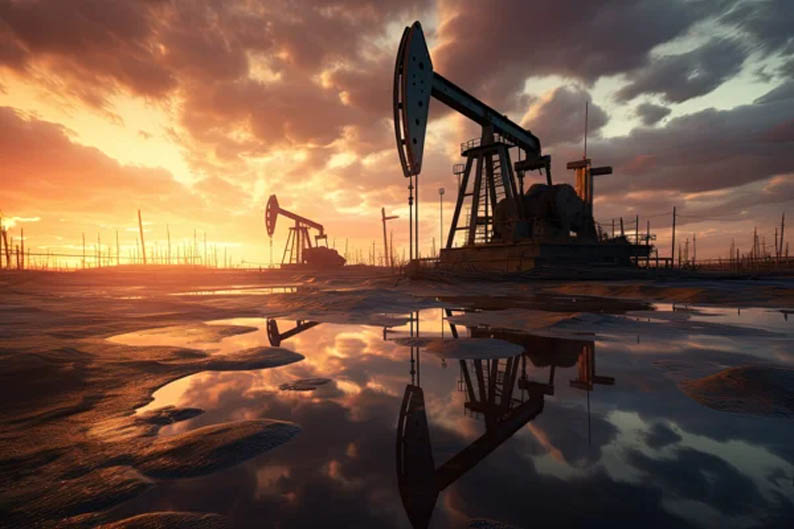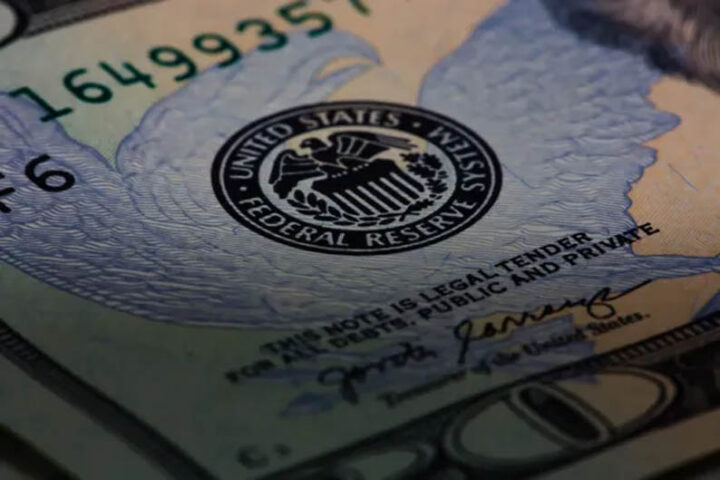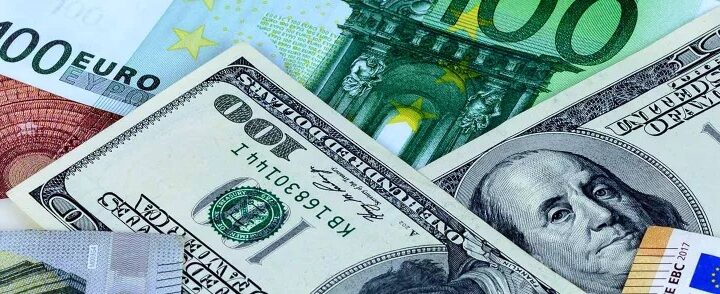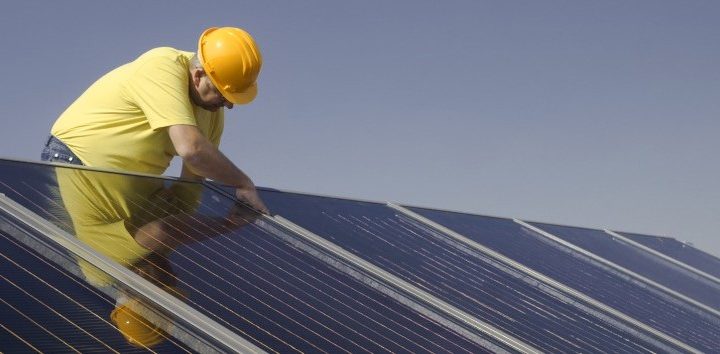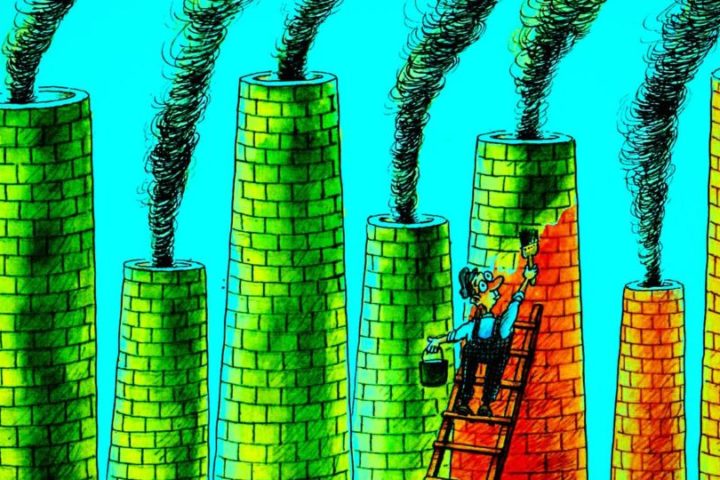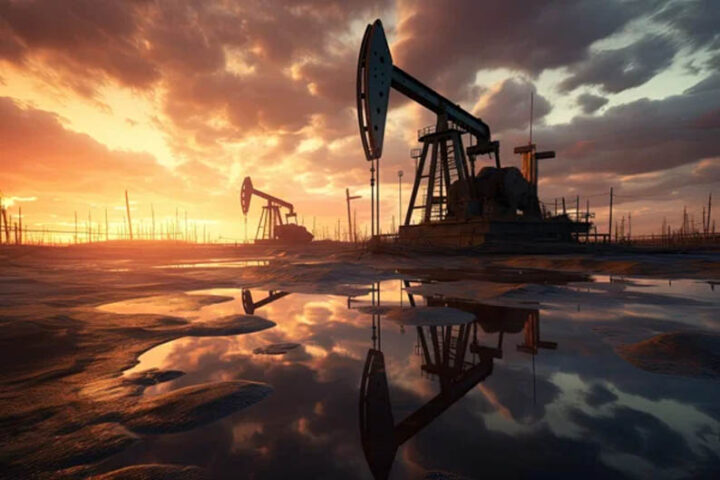Donald Trump is still calling the shots, dominating world news. The latest is his push to end the war in Ukraine and his deliberations with Vladimir Putin, that eventually will impact global energy markets.
Eight members of the OPEC+ group of producers, subject to voluntary extra output cuts, announced they will start increasing production from 1 April, planning to add 2.2 mln barrels a day of additional output over the next 18 months, with emphasis on “gradual” and “adaptable”.
This led to an immediate drop in the oil price.
Their decision may be in expectation of harsher sanctions on Iran and Venezuela taking oil off the market.
Analysts also believe it is in response to pressure from Trump and as Bloomberg points out, an “oil grand-bargain” isn’t geopolitical fantasy.
The US, Russia and Saudi Arabia may be working alongside in the oil market, if not explicitly then tacitly. They could join forces to coordinate oil policies.
In addition, investors have become very bearish about the outlook for petroleum prices as the economy and sanctions falter. As a result, Brent dropped to less than $71/b on March 20.
There was added pressure due to turmoil in top importer China’s economy and the possibility that its oil demand could peak soon due to the rapid penetration on EVs. In addition, supplies have also overwhelmed markets this year, with US oil producers pumping record amounts of oil.
As a result, the initial concern in response to intensified US sanctions on Iran and Venezuela has ebbed.
In any case, despite all new sanctions, fresh monthly data from the IEA shows that the combined crude output from Russia, Venezuela and Iran rose in February.
Pessimism about the economic outlook has also induced gloom about the outlook for fuels, especially diesel. US gasoline futures experienced the heaviest selling for almost six months in February.
Increasing unpredictability
The oil market outlook is clouded by increasing unpredictability around geopolitical events and fundamentals.
Nevertheless, the International Energy Agency (IEA) said global oil demand will accelerate in 2025, despite economic uncertainty. It is expected to grow by over 1 mln bpd, up from 830,000 bpd growth in 2024, reaching a total annual output of 103.9 mln bpd, driven by demand for petrochemical feedstocks in China. But it warns that market uncertainties abound.
On the other hand, the US Energy Information Agency’s (EIA) estimate is similar. It forecasts that oil markets will tighten in 2025, pushing Brent to $75/b — but rising supply could send it to $68/b by 2026.
In an about-turn, there has been a moment of truth from the IEA on oil industry investments: “invest, invest, invest. We are advocating that investments need to be made and need to be made without delay”.
IEA’s executive director Fatih Birol admits oil and gas investments remain critical, saying $360 bln a year is needed to sustain output. This contradicts the agency’s past calls for no new projects post-2021. Critics call the IEA’s forecasts “dangerously wrong”.
This is supported by the fact that the world oil market is undersupplied. Inventories reportedly declined by 1 mln bpd in January and February this year.
In a reset back to oil and gas, BP announced that it plans to spend $10 bln a year on producing more oil and gas, will slash spending on renewable energy, and sell $20 bln of assets.
BP’s CEO Murray Auchincloss predicts ‘tremendous’ demand for oil and gas beyond 2050. He aims to more than double BP’s market value to $200 bln.
As regards new developments, Iraq and BP agreed to develop four Kirkuk fields, planning to raise total capacity to at least 450,000 bpd in 2-3 years.
Chevron announced that it will lay off 15-20% of its global workforce and reorganise its business structure.
Growing natgas demand on the horizon
Shell forecasts that global LNG demand will rise to between 630 mln and 718 mln metric tons by 2040, up from 407 mln metric tons in 2024, driven by Asia.
Asian economic growth is expected to drive a 60% rise in LNG demand to 2040.
US LNG could propel natural gas to become commodity king.
While global commodity prices are cooling from a period of heightened volatility, McKinsey sees the value of natural gas/LNG trades as growing, setting up a new energy market dynamic in the coming decade.
Natural gas will be the second fastest growing energy source globally by 2040, after renewables, driven by Asia mostly because of demand in non-power sectors.
Eni has restarted drilling operations at the Zohr gasfield offshore Egypt to restore dwindling production.
Chevron issued a revised proposal for the next phase of the Leviathan gas project offshore Israel to raise capacity to approximately 23 bcm annually.
BP has secured a stake in a frontier licence offshore Israel. It will work with operator Socar and Israeli NewMed Energy following the award of 6 offshore blocks in Zone I, bordering Cyprus and Lebanon EEZs.
Qatar is planning to increase its LNG exports by approximately 106 mln tonnes, accounting for 27% of the world LNG supply by 2050.
GECF has published its annual ‘Global Gas Outlook to 2050’. It projects global primary energy demand to increase by 18% and global gas demand by 32% by 2050.
Europe wants Russian gas
While the Ukraine war is reaching an endgame, some in Germany, especially industries in the east of the country are planning for the time when Russian gas returns to Europe.
A Putin ally is pushing a deal to restart Nord Stream 2 with the backing of US investors. Hungary, Greece, Austria and Slovakia could be the most likely buyers.
The US takeover of the Nord Stream pipeline would restore Russian gas exports to Europe and ease sanctions as part of a grand Trump bargain.
But the German economy ministry said it is not certified and not legally approved. Gas from Nord Stream 2 never flowed to Germany, and to do so in its undamaged string would need Germany to allow it.
Even if Germany goes back to taking Russian gas, it will not be at the same levels as before and it will make sure it has some backup.
JP Morgan is already incorporating a Russian gas increase into the 2026 European gas balance.
The nasty consequences of natural gas price volatility include European wholesale prices doubling in the past year, even after the recent drop, complicating the inflation outlook. There is no doubt that gas matters.
The EU’s new ‘Green Industrial Deal’ aims to accelerate decarbonisation, while securing the future of manufacturing in Europe, but struggles to balance its green and growth goals.
It is a mixed bag of some promising measures as well as some clear compromises on sustainability in the pursuit of growth.
Demand for flexible gas supply in Europe’s power markets is set to increase, with gas remaining essential for peak demand flexibility.
According to Bruegel, European natural gas demand picked up toward the end of 2024, driven by household and power sector demand in response to the cold weather. It halved the drop from 2019 levels to just 10%.
The EU is walking back significant chunks of planned ESG regulations, amid a barrage of complaints that such rules are hampering EU efforts to compete with the US and Asia.
Following the lead of US banks, several European banks, led by HSBC, Standard Chartered and Barclays have been pruning or restructuring their sustainability teams.
Iberdrola’s and EDP’s CEOs warned that Europe must cut taxes on electricity if it wants to help struggling industries become more competitive and ease the pain on consumers.
The EC has put forward a plan to cut electricity costs by reducing taxes and levies on electricity and eliminating charges that are not energy-related.
US coal, natgas, oil
The global trade war is beginning as the US tariffs on Canada, Mexico and China come into effect. Is Europe next?
US shale grew at its slowest pace in 2024 since its inception. There is a view that the possibility that the twilight of shale is here, is widely underappreciated, and has massive implications.
In the meanwhile, US natgas futures jumped as LNG exports hit record 15.6 bln cf/d in February, propelled by Venture Global’s Plaquemines LNG plant that reached first production in just 30 months.
S&P Global’s Dan Yergin said coal, natural gas and oil will all continue to see growth in demand “well into the 2040s”. “It’s just a reality”.
Yergin said the energy transition is proving to be more difficult, costly and complicated than expected. It is time to rethink priorities, polices and investments in light of the complicated realitie.
US LNG exporters are seeking to renegotiate deals to cover rising costs. But such higher prices would make US LNG even more expensive and eat into its competitive advantage on the global market.
One of the biggest world energy conferences, CERAWeek in Houston, concluded that fossil fuel demand keeps rising while corporate and government climate targets are slipping further out of reach. The gap between objectives and actually how things are playing out is just so striking.
At CERAWeek, Aramco’s CEO Amin Nasser advocated for a new global energy model. He pointed out the risks associated with current energy transition planning and stressed the necessity of a comprehensive approach that integrates both traditional and new energy sources.
China eyes 5% growth goal
President Xi Jinping announced a new stimulus package to achieve a growth goal of around 5%.
China’s oil imports fell 840,000 bpd this year — but demand isn’t the issue, supply is. US sanctions hit Russian ESPO crude shipments, driving up costs. Now, Russia is reshuffling tankers, and imports may rebound soon. Asia’s oil thirst isn’t fading.
Russian and Iranian oil supply to China is rebounding as new vessels cash in on the trade. The rebound of sanctioned oil shipments to China, the world’s top importer, is easing supply worries that had boosted oil prices.
As a result of the trade war, China has not imported US LNG for over 40 days, the longest gap in almost two years.
China aims to eliminate severe air pollution this year, with authorities ramping up efforts in pollution control and emissions reduction.
Dr Charles Ellinas is Councilor, Atlantic Council

